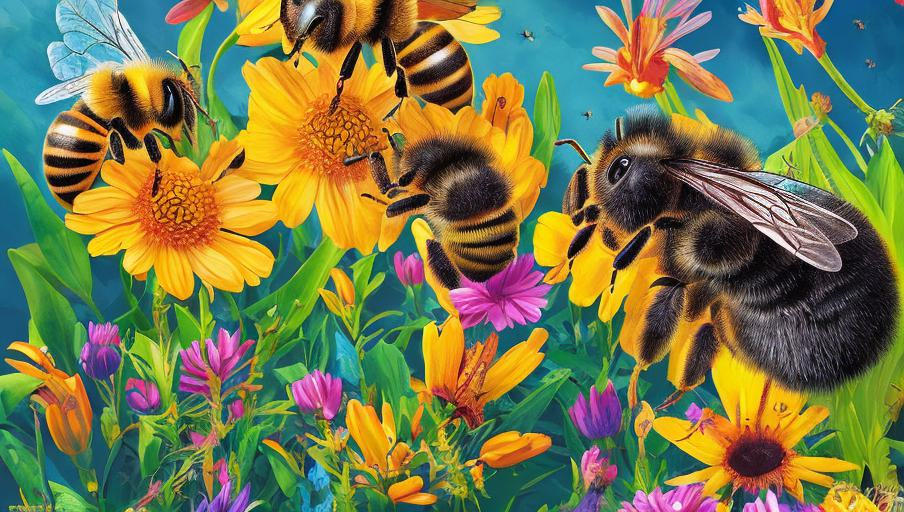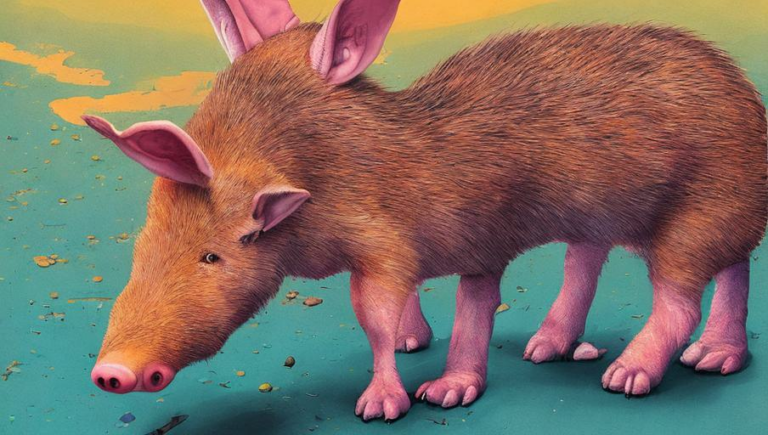Know Your Bees: Identification and Distribution of Species

Introduction
Bees are essential to the health of our planet. From pollinating plants to producing honey, these small but mighty creatures play a critical role in our environment. Knowing which species of bee is which is key to understanding their behavior and how they can help us. In this article, we will explore the identification and distribution of different bee species, so you can be an expert in no time!
Types of Bees
Bees come in a variety of shapes and sizes and can be divided into two main categories: solitary and social. Solitary bees are non-aggressive and make nests independently, while social bees live in colonies and are often seen swarming around flowers. These two types of bees can be further divided into 20 different species, including bumblebees, carpenter bees, honeybees, and stingless bees.
Bumblebees
Bumblebees are large, fuzzy bees that can range in color from yellow and black to red and black. They are found in both temperate and tropical regions and are well known for their loud buzz. Bumblebees are social and create nests with multiple queens. They feed on nectar and pollen and are essential pollinators for many plants.
Carpenter Bees
Carpenter bees are large, black bees that can range in size from 1/2 inch to 1 inch long. They have a metallic luster and have a strong, distinctive buzz when they fly. They are solitary bees and build nests in wood, such as rotting logs or dead trees. They feed on nectar and pollen and are important pollinators.
Honeybees
Honeybees are small, yellow and black striped bees that are commonly kept in hives by beekeepers. Like bumblebees, they are social and create colonies with multiple queens. They feed on nectar and pollen and are essential pollinators for many plants. Honeybees are found in temperate and tropical regions and are the most widely distributed bee species.
Stingless Bees
Stingless bees are small, black bees that are found in tropical and subtropical regions. They are social and build nests in hollow trees or logs. Unlike other bee species, stingless bees do not have a stinger, but they do produce a defensive secretion that can be painful if it comes in contact with skin. They feed on nectar and pollen and are important pollinators.
Distribution
Bees are found all over the world, but the distribution of different species varies. Bumblebees are found in temperate and tropical regions such as North and South America, Europe, Asia, and Africa. Carpenter bees are found in North and South America, and honeybees are found in temperate and tropical regions around the world. Stingless bees are found in tropical and subtropical regions, primarily in South and Central America, Africa, and Southeast Asia.
Conclusion
Bees are essential to our planet and their diversity and distribution are essential to our understanding of them. Knowing the different species of bees, their behavior, and their distribution is key to understanding their importance and how to protect them. By familiarizing yourself with the identification and distribution of bee species, you can be an expert in no time!





